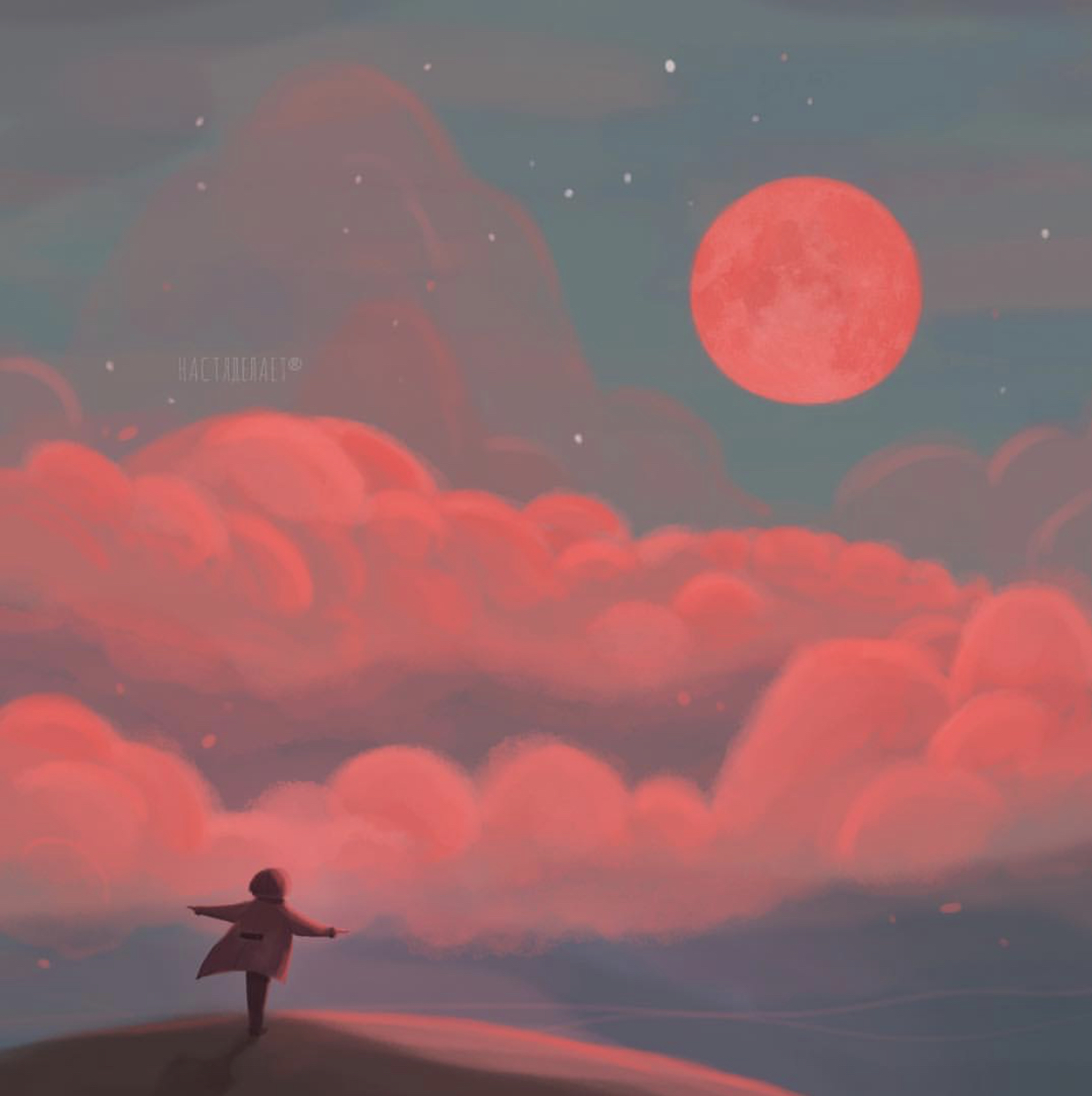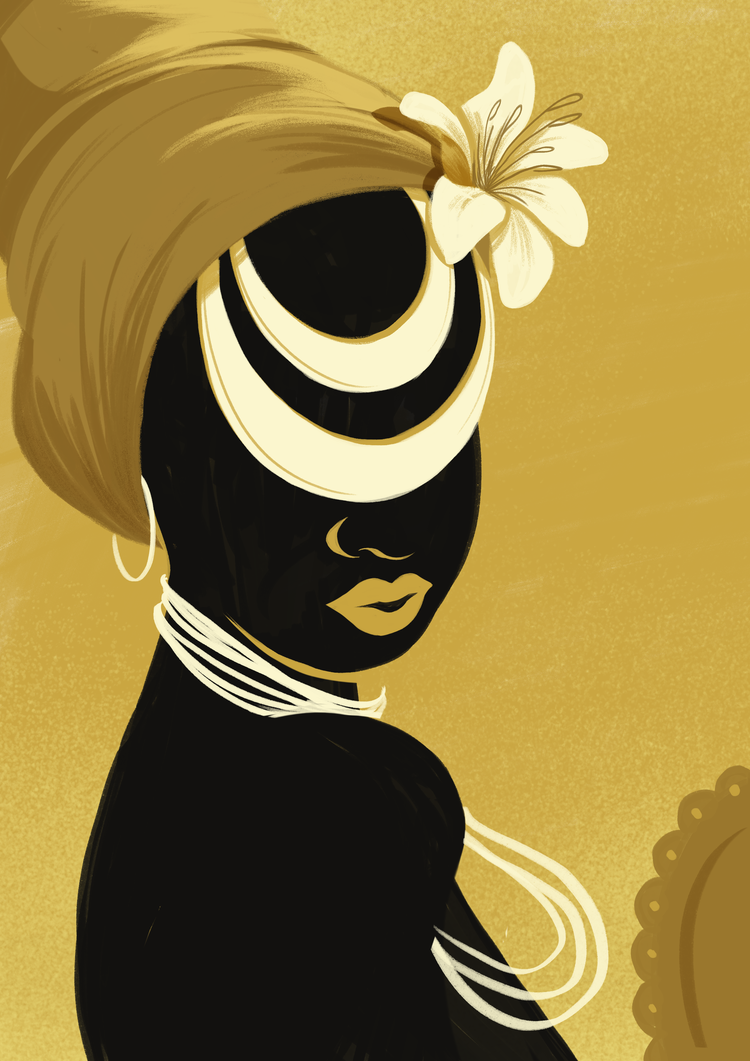How Much Will Your Children's Book Illustrator Cost?
As a storyteller hired by public figures and big businesses, I identify with the artist’s plight because…I am the artist’s plight. But, as a creator who has to hire other creatives, I very much understand that resources for any given project are not limitless.
When it comes to onboarding the right illustrator to transform our children’s book story into a professional-grade product, there are four simple things we can do to demystify the vague and sometimes scary question of “Urrmm…how much is this going to cost me?”
1. Identify Your Illustration/Page Count - If your script is complete and ready for its illustration phase try, as best you can, to go through the story and note each section you’d like to be a stand-alone illustration.
It’s okay if you don’t have an exact count. But try to keep the estimate range as tight as possible. I try to keep my “expected illustration estimate” within 6 pages — 32-38 pages or 16-19 spreads.
(Tidbit: 1 “spread” = 2 pages in a picture book.)
This count is absolutely key to most illustrators being able to give you an accurate quote because it lets them know exactly how much work they’re doing. This, naturally, impacts how much they’ll charge for services.
The great news is, letting an illustrator know that there will be a lump sum of work and compensation can tip the “per illustration rate” in your favor. Whereas an illustrator may charge $120 for a single illustration - if you’re hiring them for 20 illustrations - the final math may work out to you paying roughly $90 per illustration.
2. Show Examples of Their Artwork That You Like
Once you’ve narrowed it down to a handful of artists you’d like to illustrate your story, pull pieces from their portfolio to show them which styles of theirs drew your eye and you feel are a fit for your project.
As some illustrators have multiple styles, this will help them locate which style in their repertoire they should apply to your project.
This matters tremendously because certain illustration styles may take less or more time for them to produce. Ultimately, the time and energy required to produce your requested style can impact (up or down) the figure they quote.
Real-World Example: Below are 5 pieces of artwork from the illustrator selected to produce our children’s book, Real Jungle Tales. Notice the subtle and overt differences in Andressa’s many styles. We requested an aesthetic somewhere between artwork #3 and #4 in this lineup to help her locate which styles of hers we thought were a great fit for our particular children’s book project.
3. How Many Revisions are You Asking Them to Do? - How many waves of changes would you like to make throughout the project? Sometimes an illustrator will let you know how many rounds of revisions she or he is willing to do up front. But, as the individual/entity paying for all of this, you should have an idea of how many rounds of revisions you desire.
Remember, revisions are your opportunity to make changes and explore different approaches to and within an illustrated scene! So, I highly recommend taking the time to bundle your feedback into clear, concise notes.
The clearer you are about what you’d like to change, keep (and how), the less guesswork and potential frustration there will be for your illustrator.
The financial penalty for not taking your time to be clear and concise with feedback during revisions could = an illustrator charging you for double-work and circular, one-off changes as they spend unnecessary time fumbling to decode what you really meant and want.
Note: Most illustrators understand exploration is part of the creative process. However, excess labor largely due to a lack of clarity on our end costs them energy, bandwidth and, if prolonged, can spawn frustration.
4. When Do You Need Your Project Finished? Expedited delivery affects price in plenty of industries. The same is true for illustrators-for-hire.
Professional illustrators are often juggling other clients projects when we approach them and/or will likely pick up other client work throughout our time working with them. (Sorry, our project typically isn’t the only one on their agenda.)
So, if we want a speedier delivery, it will almost always impact price as they prioritize our timeline over current and prospective clients.
Each illustrator’s pace is unique, but, I typically try to give my illustrators 3-6 months to complete a project.
So, what does a very simple Quote request look like from me?
“Hey, I love your work! I feel like this style of yours (insert illustrations from their portfolio) would be a perfect fit for our story. Our project will need roughly 16-19 illustrations (spreads) and we’d like to do 3 rounds of revisions, total. We’re hoping to have artwork done in 3-4 months. Can you please share your availability and a price quote when you get a sec? If you need any other details from us to generate a more accurate quote, we’re happy to provide. Just let us know!”
If you are looking to pitch your children’s book manuscript to a traditional publishing house, in most cases, the publisher will be in charge of matching an illustrator to your script for you. Additionally, beyond any potential script revisions requested of you from the in-house editor, they will handle art direction and transforming your script into a full-fledged book.
I believe this is inherently neither a plus or a minus. What really matters is a sober recognition and admission of which tradeoffs we’re comfortable making with our script.
As we’ll discuss in Traditionally Publishing Your Picture Book! There is a very simple T-chart of information to help you get clearer eyes on the different factors of traditional, micro and independent publishing.
Sunset: To have these weekly snippets come to YOU, join the B. Creative Newsletter for storytelling takeaways, brief videos, narrative resources and industry-insider information within the world of writing, illustration and publishing.
Prefer a face-to-face? If you’re in the San Francisco Bay Area - we have a Meetup Group in Oakland to help folks through the process of creating their own picture book.











